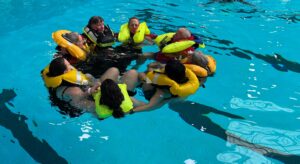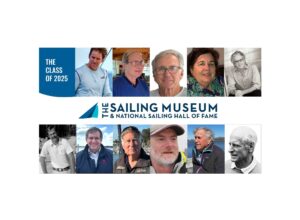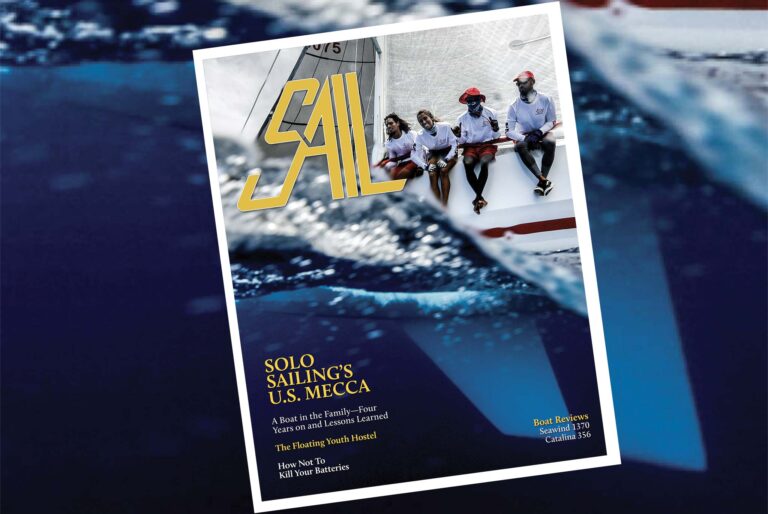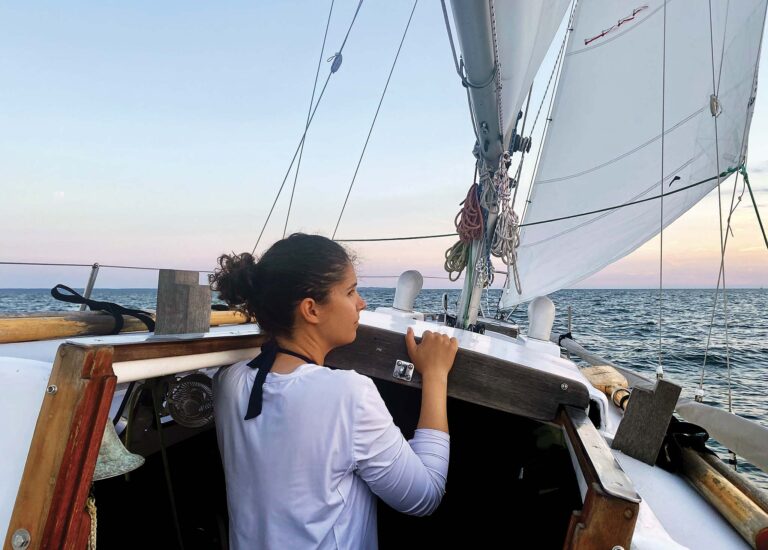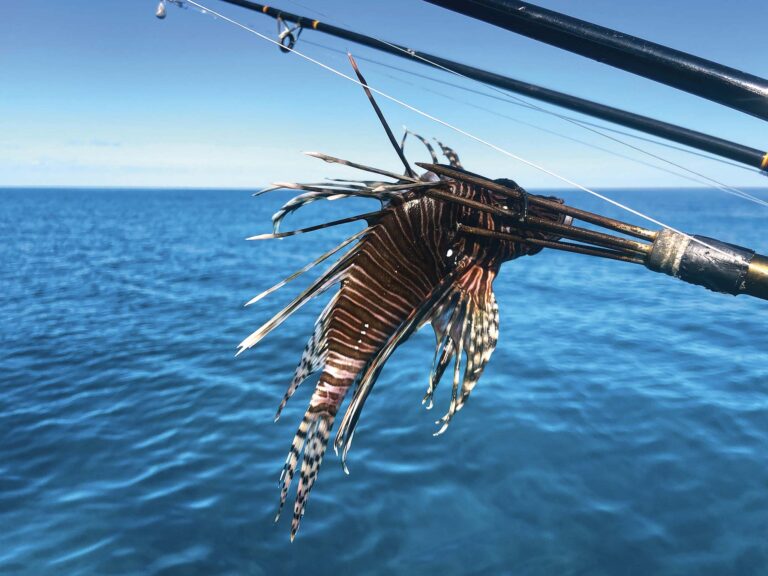
John Stone is the kind of seafarer who has applied the adage “keep it simple” throughout his sailing life. This maxim has enabled him to sail thousands of miles on the one and only cruising boat he has owned—a 1982 Robinhood Cape Dory 36 aptly named Far Reach—and enjoy an equal amount of pleasure rethinking, refitting, and rebuilding her for long passages. His approach has not only helped him fulfill long-awaited cruising dreams, but the boat itself helped him heal and refocus after two tours overseas during the Iraq War.
Throughout his 44-year marriage to his wife, Gayle, raising two children, 26 years on active duty in the U.S. Marines, and campaigning several racing boats including a J/24, Stone always held fast to his dream of bluewater sailing in his own boat.
“I would always tell myself I will go cruising!” Stone, 65, says. “I always promised myself one day I would own my own cruising boat.”
Stone grew up in Sarasota, Florida, in the 1970s and started sailing at age 12. He eventually started competing in the MORC class and raced in the now-defunct Florida Ocean Racing Association.

“Being young and 100 miles off the coast was good for me,” Stone says. “I would say that sailing gave me a purpose, as I was a young kid without a father’s influence in my life. The people I met then, the fellowship of sailors, helped shape my life.”
During his high school years he became friends with and sailed in an F470 fleet against Ed Baird, who went on to compete in the America’s Cup.
Stone married young, earned a commission in the Marines, started a family, and moved around a lot in the military. All along he planned and plotted, inspired by sailors and authors like Hal Roth, who wrote Two Against Cape Horn and earned the Cruising Club of America’s Blue Water Medal, and the legendary French singlehander Bernard Moitessier. But it was Lin and Larry Pardey who truly inspired Stone, embedding in him their ethos “go small, go simple, go now” that enabled them to sail more than 200,000 miles together and circumnavigate without an engine.
Stone began looking for the right boat in earnest in 1999, and he found the Cape Dory in 2001. His plan was to retire and spend a few years rebuilding the boat for long distance cruising. But soon after Far Reach entered his life, 9/11 happened. It wasn’t long before he was deployed to Iraq for two tours over 14 months.
After his final tour, during which he served as a combat advisor, he retired from the Marines in December 2008 as a full colonel. The Cape Dory was waiting.
“The work on the boat became a healing process for me during and after the Iraq War,” he says. “There is a darkness that comes from war, and I think working on this boat helped me to figure out who I was and what I could do.”
Juggling the time demands of raising children, home schooling, and other priorities, Stone finally in 2015 was able to finish Far Reach’s refit. Their maiden voyage was from North Carolina to the British Virgin Islands with his sister, Tricia, a retired San Diego fire captain. Fittingly, Far Reach had no engine, only simplified electronics and a tiller instead of a wheel.
“The boat had bluewater capability all along, but I rebuilt it to create a lot of space so we could carry everything,” he says.
Since then, Stone, Gayle, and their children have done many trips together and traveled some 11,000 nautical miles. He admits there are days when his boat is more ready than he is to take on the next challenge, but his faith in her never wavers.
“I am confident my boat can go anywhere in the world. It is up to it even on the days when I worry I am not,” he says. “I love the Cape Dory as it is a great sailing boat. Having an elegant, simple boat without all the gadgets not only saves me a fortune but I don’t particularly want to be connected to the world when I am sailing. Sailing is more than technology, and it is important to keep the traditions of sailing alive.”
This year, he intends to sail up the coast to Maine and visit the many friends he has made in the Cape Dory online community. He hopes this will lead him across the Atlantic to the Azores, and ultimately, he may sail around the rivers of Europe. This latter plan, in part, helped him decide to install a 25-horsepower Beta Marine engine and a small fuel tank in 2020.
“Putting in an engine should be a no brainer, however, for me it is something that I still lament about,” he says. “I felt I might need one if I was to go upriver somewhere over in Europe, but I still hate the idea of complicating the boat, as my goal was to maintain the simplicity of it.”
He says he’ll never trade his tiller for a wheel, appreciating how well it works with the boat’s self-steering windvane. He keeps his decks clean and uncluttered and limits the technology, extra gear, and the so-called bells and whistles.
“I keep it very simple because I want my head outside the boat. I don’t want a lot of systems on my boat. I want adventure, and I think my racing experience as a young person gives me an edge on how to sail, yet I love that my wits and experience are tested every day. There is so much I have gotten out of sailing and adventuring.” And, he notes, with time, sweat equity, and dedication, it’s an achievable dream. “You don’t have to be the son of a shipwright or cabinetmaker to rebuild your own boat and do a quality job.”
For more, visit farreachvoyages.net.
Laurie Fullerton is a writer based in Boston, Massachusetts. She has been a newspaper editor in the Boston area, a sportswriter covering yacht racing, and a community reporter. She has been reporting for SAIL since 2017.

March 2024

